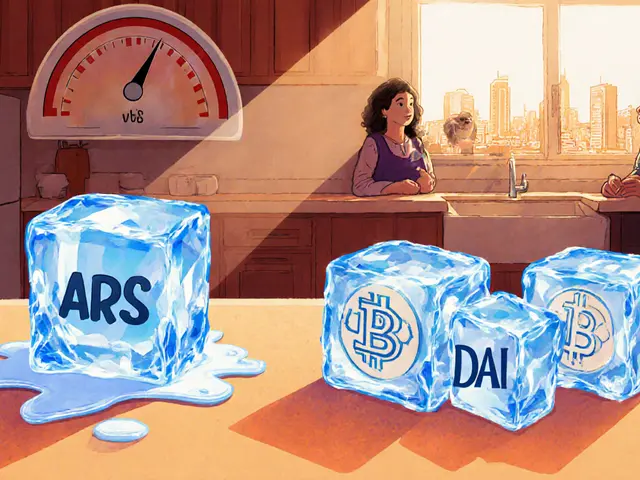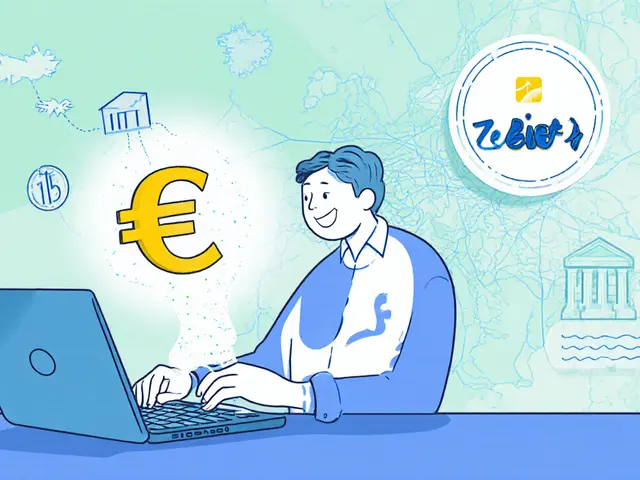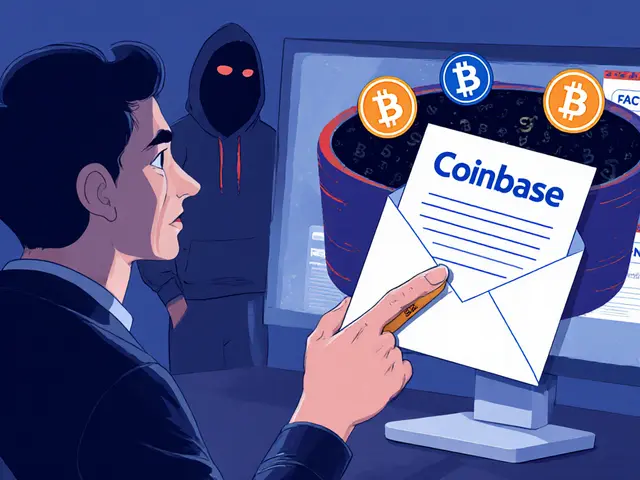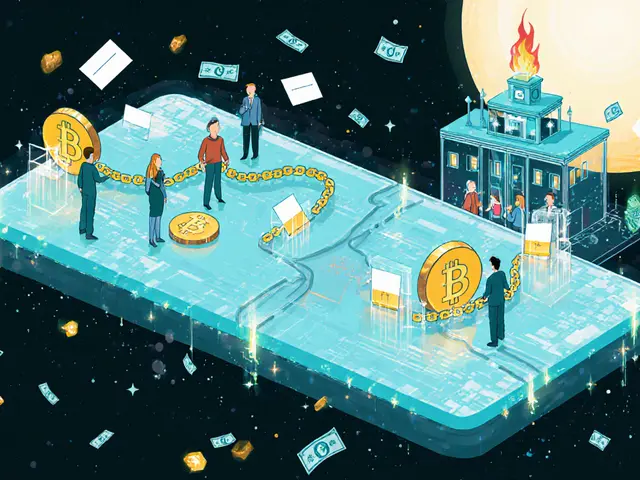Blockchain Origin: How It All Started and Why It Matters Today
When you hear blockchain origin, the foundational concept behind Bitcoin and all decentralized ledgers. Also known as distributed ledger technology, it’s not just a buzzword—it’s the reason we can send value without banks. The story starts in 2008, not in a Silicon Valley lab, but in a whitepaper published under the name Satoshi Nakamoto. That paper didn’t just introduce Bitcoin—it gave us the first working model of a trustless, tamper-proof digital ledger. Before this, digital money always needed a middleman: a bank, a payment processor, a government. Blockchain changed that by letting thousands of computers verify transactions together, without anyone in charge.
This idea didn’t come out of nowhere. It built on decades of work in cryptography, peer-to-peer networks, and digital cash experiments like DigiCash and b-money. But none of them solved the double-spend problem—until blockchain did. The Bitcoin genesis block, the very first block ever mined on January 3, 2009. Also known as block 0, it contained a hidden message: "The Times 03/Jan/2009 Chancellor on brink of second bailout for banks." That wasn’t just a timestamp. It was a statement: this system was built because the old one failed. From there, the chain grew. Each new block linked to the last, creating an unbreakable record. No single person owned it. No central server controlled it. That’s what made it revolutionary.
Today, the decentralized ledger, the core structure that keeps blockchain secure and transparent. Also known as distributed database, it’s used far beyond Bitcoin—in supply chains, voting systems, digital identity, and DeFi apps. But if you don’t understand where it came from, you’ll miss why it’s different. Many crypto projects today claim to be "blockchain-based," but they’re really just databases with a fancy name. Real blockchain still follows the original rules: no central authority, open verification, and immutability. That’s why posts here dive into real cases: Vietnam’s strict new rules forcing exchanges to use only VND, India blocking unregistered platforms, or Tunisia criminalizing crypto use. These aren’t just news stories—they’re reactions to the core idea behind blockchain: removing control from institutions.
Understanding the blockchain origin helps you cut through the noise. It tells you why some tokens are just hype, and why others might actually change how value moves. You’ll see how exchanges like EasiCoin and Nomiswap operate without oversight, how airdrops like EPICHERO or JMPT Rewards tie into real usage, and why CBDCs might never truly replace crypto—they’re centralized by design. This collection doesn’t just list projects. It shows you what works, what doesn’t, and why—backed by the original idea that started it all.






